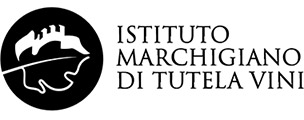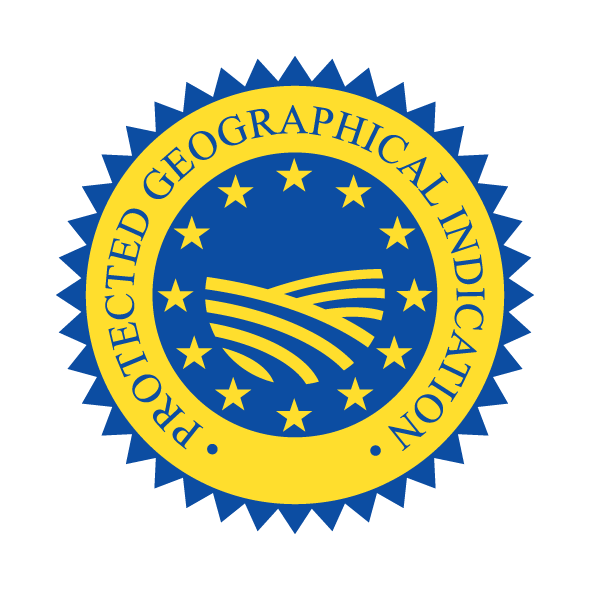Marche IGT Appellation
Protected Geographical Indication (PGI)


From the 10th century BC there are certain traces of viticulture and winemaking in the Rosso Piceno DOC area, imported by the Greek colonists who founded the city of Ancona.
In the same period, the action of the Etruscans was also very important for the transmission of the first technical notions of vine cultivation and enological techniques, which spread, given the proximity, in the Marche region where the Piceni were installed.
That the Picenes, between the 8th and 7th centuries BC, knew the grapes and the wine is attested by the recent discovery in the town of Matelica of the tomb of a young prince with a hemispherical basin inside with 200 seeds of Vitis Vinifera, therefore corresponding to more than un cluster The dominion of the Romans with their legislation was present in the Marches starting from 295 BC
In addition to maritime traffic throughout the Piceno, Pliny describes the varieties of vines cultivated in his time and the related wines that were made from them. Other Roman authors such as Apicius deal with viticulture in the area. Between the sixth and thirteenth centuries, in the Marche the presence of abbeys and monks was quite widespread, and for liturgical needs, as well as for table, in the lands owned by the church there is always the presence of a small vineyard.
The monks, in the Marches, are responsible for the handing down of viticultural-oenological techniques, the attempts to improve the product and, above all, the efforts to increase its shelf life.
In the age of the Communes, the socio-economic conditions of the population improved, and the vine also resumed a certain role in the rural economy and in society, also because wine ceased to be a liturgical drink only and the prerogative of the clergy only, but became part of the habits of a larger community of people.In the years of transition from the Papal state to the Kingdom of Italy, the Oidium, the Peronospora and the Phylloxera arrived in the Marches, which complicated the situation of the wine sector. It took about forty years before solutions were found to deal with these diseases.
In those years the itinerant chairs of agriculture were born, which made a notable contribution to the renewal and modernization of viticulture and winemaking in the Marche region.
After the First World War, with the birth of new social movements, the first peasant leagues were formed and the owners undertook to improve the productivity of the funds, with a slow introduction of new technologies that increased the incomes of peasant families, such as perticari with iron plows, the first tractors, the use of mineral fertilizers etc.
The first successes were reacted with the fragmentation of the farms and with the reduction of the surfaces of the same, in which the whole peasant family worked from children to fertile mothers. With the end of sharecropping, new owners came to the fore in the Piceno area who, by merging more farms, gave birth to directly managed companies.
At the beginning of the 90s a profound restructuring of the vineyards began, vineyards technically suitable for mechanization were planted and numerous varieties of both ancient Marche and international cultivation were introduced.
Territory
The geographical area dedicated to the production of IGT Marche wine extends over the hilly territory located in the provinces of Ancona, Ascoli Piceno, Fermo, Macerata and Pesaro Urbino, which is adequately ventilated, bright and favorable to the performance of all functions vegetative-productive of the vineyards.
The IGT Marche Wine Production Area is located in:
– Marche region and includes the entire regional territory.
Vinification and Aging
During the vinification phases, only loyal and constant oenological practices of the area are allowed, suitable to give the wines their peculiar quality characteristics.
The oenological winemaking practices of the IGT Marche wine include, among other things, that:
– The maximum yield of grapes in IGT Marche wine must not exceed 80% for all types of wine, with the exception of Passito Wine, Wine obtained from dried grapes and Wine of overripe grapes, which must not exceed 50 %.


